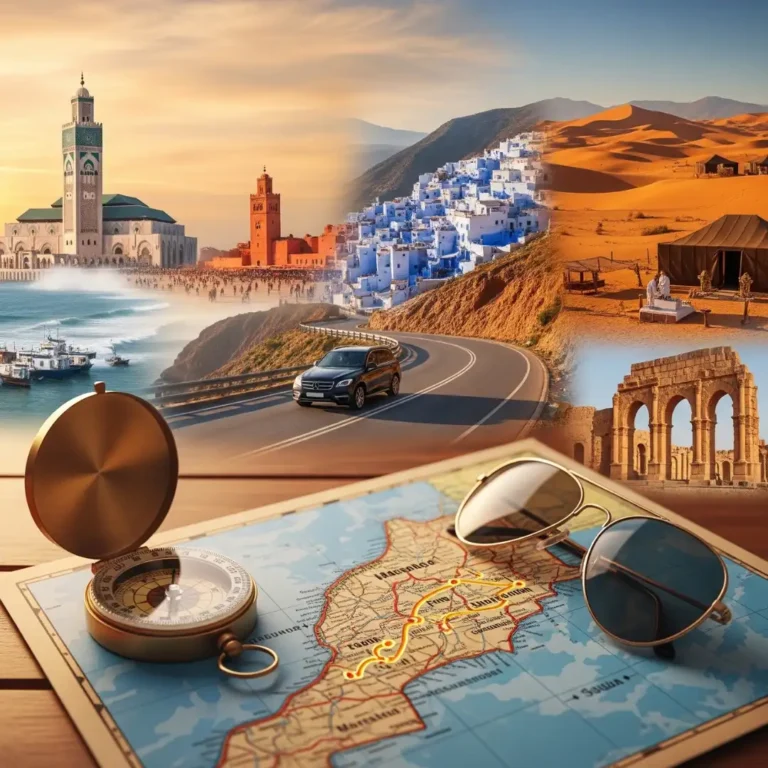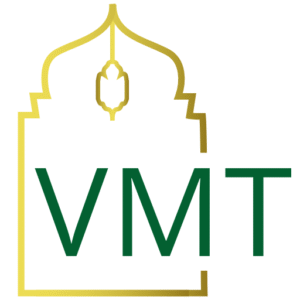Curious? Ask...
Inspire Me...
See Our World
We serve mint tea and hot updates. Subscribe and sip both!
We serve mint tea and hot updates. Subscribe and sip both!
Exploring Casablanca Cathedral
Step inside the magnificent Sacré-Cœur Cathedral, a breathtaking blend of Art Deco and Neo-Gothic architecture that stands as a testament to Casablanca’s colonial past. This soaring landmark, built in 1930 during the French protectorate, has been transformed into a vibrant cultural space while preserving its spiritual atmosphere. Marvel at the stunning rose windows, dramatic concrete vaults, and the interplay of light through its grand nave. It is a must-visit for architecture lovers and history enthusiasts exploring Casablanca’s diverse heritage.
The Casablanca Cathedral, officially known as the Église du Sacré-Cœur, stands as a remarkable testament to Morocco’s colonial past and architectural ingenuity. Constructed between 1930 and 1956 during the French protectorate, this church was designed by French architect Paul Tournon, who was inspired by a blend of Gothic, Art Deco, and Moorish styles. Despite its monumental appearance, it was never an official cathedral, as Casablanca was not the seat of a bishopric. Nonetheless, it served as the principal Catholic church in the city until the 1970s.
The Casablanca Cathedral is a unique fusion of architectural styles that reflects the cultural amalgamation of the time. Its design incorporates elements reminiscent of European Gothic cathedrals, such as pointed arches and ribbed vaults, combined with the clean lines and geometric forms characteristic of Art Deco. Additionally, the building’s exterior features motifs inspired by Moroccan Islamic architecture, including decorative arches and intricate tile work. This blend of styles symbolises the intersection of European and Moroccan influences during the colonial era.
After Morocco’s independence in 1956, the Catholic community in Casablanca declined, leading to the church’s deconsecration. Today, the building serves as a cultural centre, hosting art exhibitions and events that celebrate Morocco’s diverse heritage. Casablanca Cathedral stands as a testament to the city’s complex colonial history, reflecting the unique blend of European and Moroccan influences that have shaped Casablanca over the decades. More details on Casablanca can be found in this article from Britannica.
Upon approaching the Casablanca Cathedral, visitors are greeted by its striking white façade, which stands in contrast to the surrounding urban landscape. The twin towers, reminiscent of mosque minarets, rise to a height of 33 meters, adding to the building’s imposing presence. The exterior is adorned with decorative arches and geometric patterns, showcasing the fusion of architectural styles.
Inside, the cathedral’s spacious nave is illuminated by large stained-glass windows, which depict scenes from Christian iconography. The altar area features a modernist design, with clean lines and minimal ornamentation, reflecting the Art Deco influence. The absence of traditional religious symbols and the presence of contemporary art installations highlight the building’s transformation into a cultural space. Check the visitor info for Casablanca Cathedral in the article from AroundUs.
To enrich your visit to the Casablanca Cathedral- Guided Tour, consider extending your exploration to a few exceptional nearby landmarks that together create a vivid portrait of the city’s layered history and artistic heritage. Villa des Arts, located just a short walk from the cathedral, is an elegant Art Deco mansion that now houses contemporary Moroccan art exhibitions. Wandering through its halls, visitors experience a striking contrast between the cathedral’s historical European-inspired architecture and the modern, vibrant creativity on display at the villa, allowing a full appreciation of Casablanca’s artistic evolution from the protectorate era to today.
A few minutes’ walk further brings you to Mahkama du Pacha, a 1940s-era courthouse that stands as one of Casablanca’s architectural jewels. This functioning administrative building showcases the height of Moroccan craftsmanship during the colonial period, featuring intricate zellige mosaics, delicate carved cedar woodwork, and expansive courtyards that convey both authority and artistry. Even as you admire its aesthetic details, you witness a living piece of Moroccan history, where the judicial system continues to operate amid spaces that feel like open-air museums.
For a breathtaking glimpse of Morocco’s religious and architectural splendour, the Hassan II Mosque is just a short drive away from the cathedral. As one of the largest mosques in the world, it commands attention with its soaring minaret, intricate mosaics, and oceanfront location. A visit here not only complements the historical and artistic journey begun at the Casablanca Cathedral- Guided Tour, but also immerses you in the spiritual heart of modern Morocco, offering a profound sense of scale, craftsmanship, and cultural continuity that resonates alongside the city’s colonial-era landmarks.
Locals often share tales of the cathedral’s role as a spiritual centre during the colonial era and its subsequent transformation into a cultural hub. Visitors frequently comment on the building’s serene atmosphere and the juxtaposition of its historical architecture with contemporary art installations. The surrounding park provides a tranquil setting for reflection and relaxation, offering a respite from the city’s hustle and bustle.
Check Event Schedules: The cathedral often hosts art exhibitions and cultural events. It’s advisable to check the schedule in advance to plan your visit accordingly.
Wear Comfortable Shoes: The surrounding area includes cobblestone paths and uneven surfaces. Comfortable footwear will enhance your experience.
Respect the Space: While the cathedral is no longer a place of worship, it’s important to maintain a respectful demeanour, especially during events and exhibitions.
Photography: Photography is generally allowed, but be mindful of any restrictions during events or exhibitions.
Timing: Early mornings or late afternoons offer the best lighting for photography and a more peaceful atmosphere.
The Casablanca Cathedral stands as a unique blend of architectural styles and cultural influences, reflecting the city’s colonial past and its evolution into a modern metropolis. While no longer serving as a place of worship, the cathedral continues to be a symbol of Casablanca’s diverse heritage and a testament to the city’s rich history. Whether you’re an architecture enthusiast, a history buff, or simply curious about Casablanca’s cultural landscape, a visit to the Casablanca Cathedral offers a fascinating glimpse into the city’s past and present.

The real magic happens beyond the photo op. Let our guides lead you through living history, vibrant culture, and authentic encounters for an unforgettable journey.

Visit Morocco Tours
Escape Alchemist
VMT
Tell us your travel drama, we’ve got solutions!